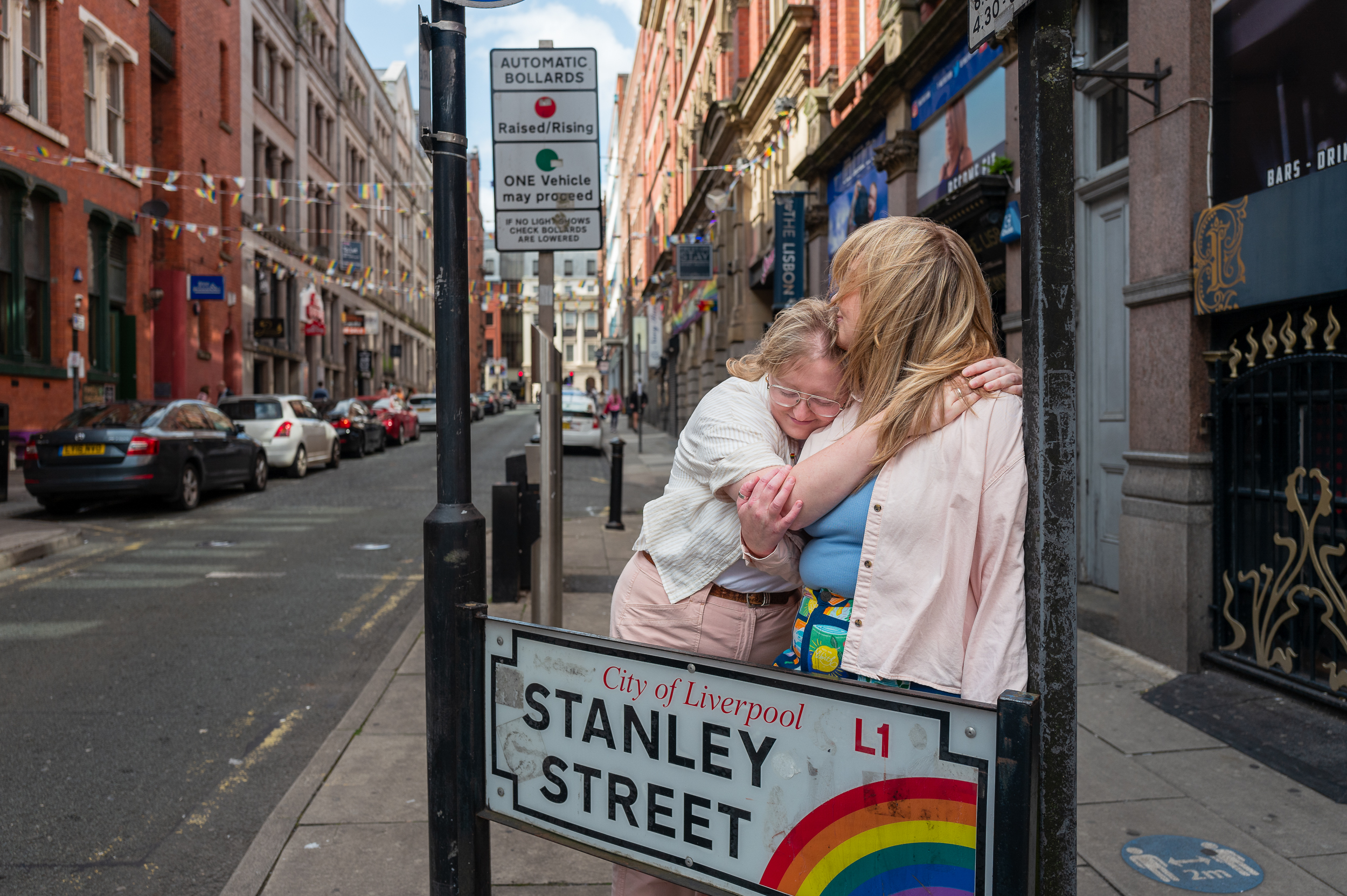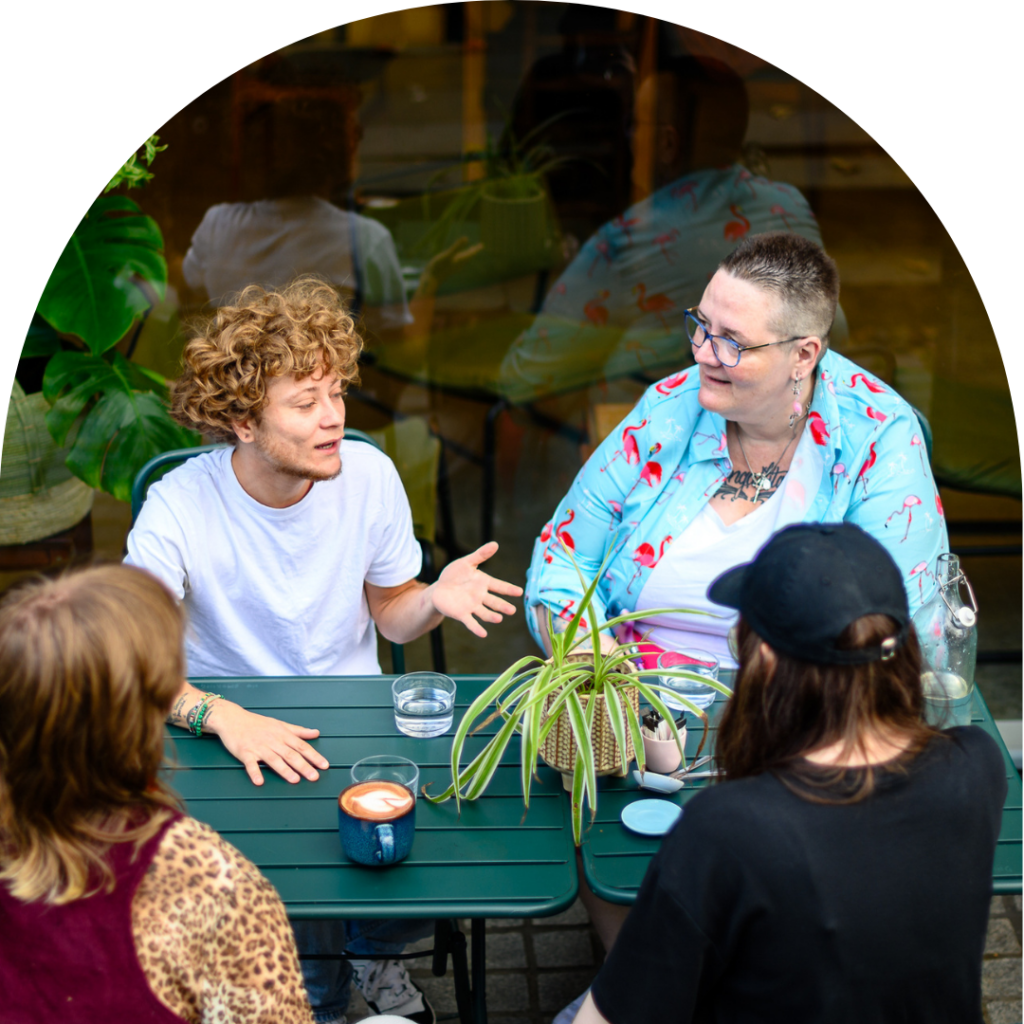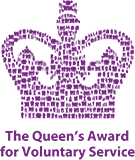
Hidden Figures: The Impact of the Covid-19 Pandemic on LGBT Communities
In May 2020, LGBT Foundation published findings from the largest and most substantive research into the impact of the Covid-19 pandemic on LGBT communities in the United Kingdom to date. This research has uncovered some of the wide-ranging and profound effects the pandemic has had on the lives of LGBT people in areas such as mental health; isolation; substance misuse; eating disorders; living in unsafe environments; financial impact; homelessness; access to healthcare; and access to support.
Hidden Figures: The Impact of the Covid-19 Pandemic on LGBT Communities is a culmination of the findings from our online survey, existing research on LGBT health inequalities, and our own unpublished service user data. Our survey found that of LGBT people who responded:
• 42% would like to access support for their mental health at this time
• 8% do not feel safe where they are currently staying
• 18% are concerned that this situation is going to lead to substance or alcohol misuse or trigger a relapse
• 64% said that they would rather receive support during this time from an LGBT specific organisation
• 16% had been unable to access healthcare for non-Covid related issues
• 34% of people have had a medical appointment cancelled
• 23% were unable to access medication or were worried that they might not be able to access medication
This report shines a light on some of the experiences of LGBT people and the very real impact that the pandemic is having on their lives. One respondent shared –

“I’m transgender but not out, my parents are transphobic, having to pretend to be someone I’m not all the time is physically, mentally, emotionally and spiritually exhausting”
This research is a development of our earlier report The Essential Briefing on the Impact of COVID-19 on LGBT Communities in the UK, and sits alongside our Hidden Figures: LGBT Health Inequalities in the UK report published in February 2020.
Whilst the impact that the crisis is having on some minority groups, including black, Asian and minority ethnic (BAME) and disabled people, has been more widely recognised, LGBT communities have been absent from much of the narrative. This report seeks to redress this lack of information and recognition. We hope that this research sparks a national conversation that ensures that no community is left behind.
The report looks at some of the disproportionate impact of the pandemic on certain LGBT communities. For example, BAME LGBT communities face greater need for access to mental health services, disabled communities have had a higher rate of medical appointments cancelled, and trans and non-binary people are twice as likely to feel unsafe where they are staying. This research is ongoing, and we are planning to continue this work with partners to look at the effects on other LGBT communities.
Can you help us?
It is important that this information reaches as many people as possible, and to do that we need your support. Can you help us by sharing this research with your contacts, colleagues and networks? You could also share this on social media to ensure that this information and these experiences reach the widest possible audiences.
If you have any questions about the report, you can reach our research team at research@lgbt.foundation








